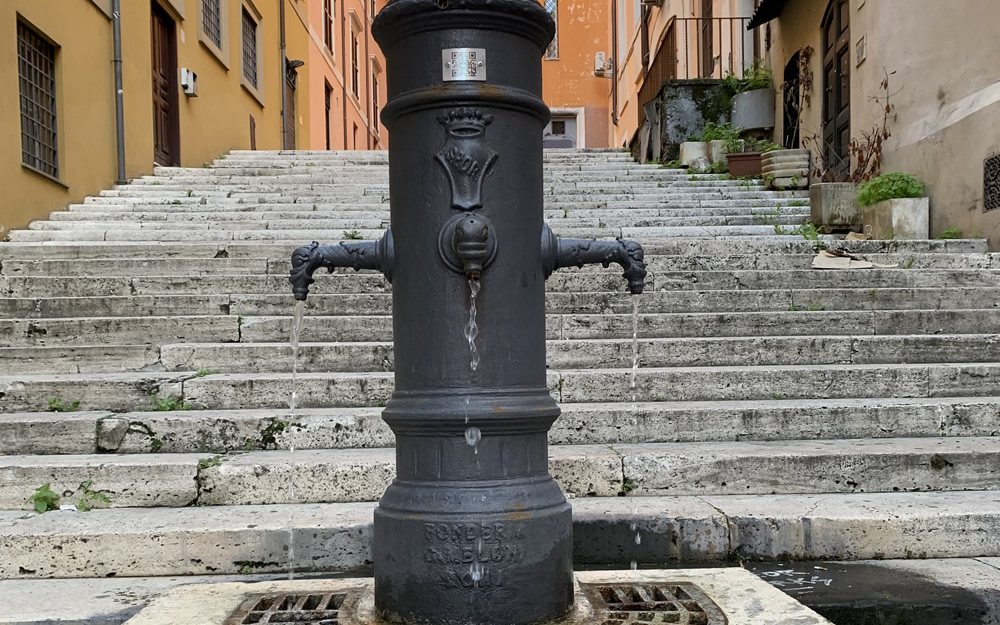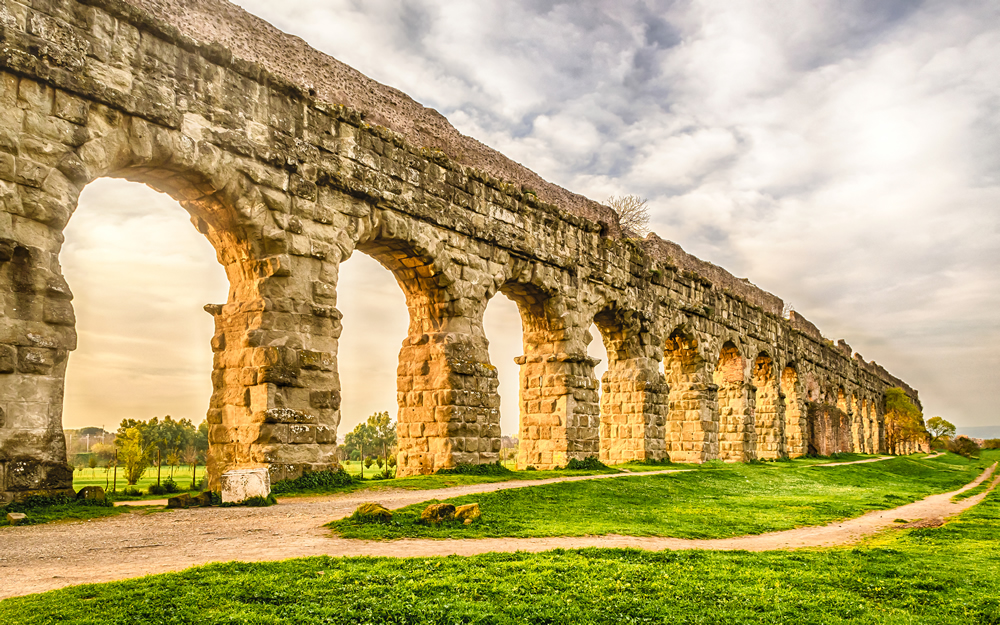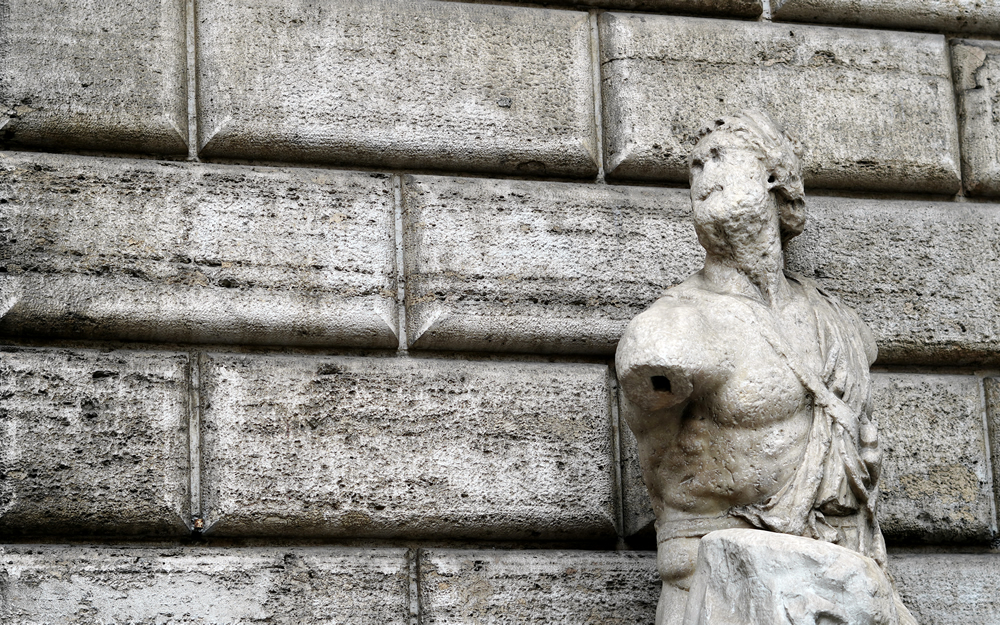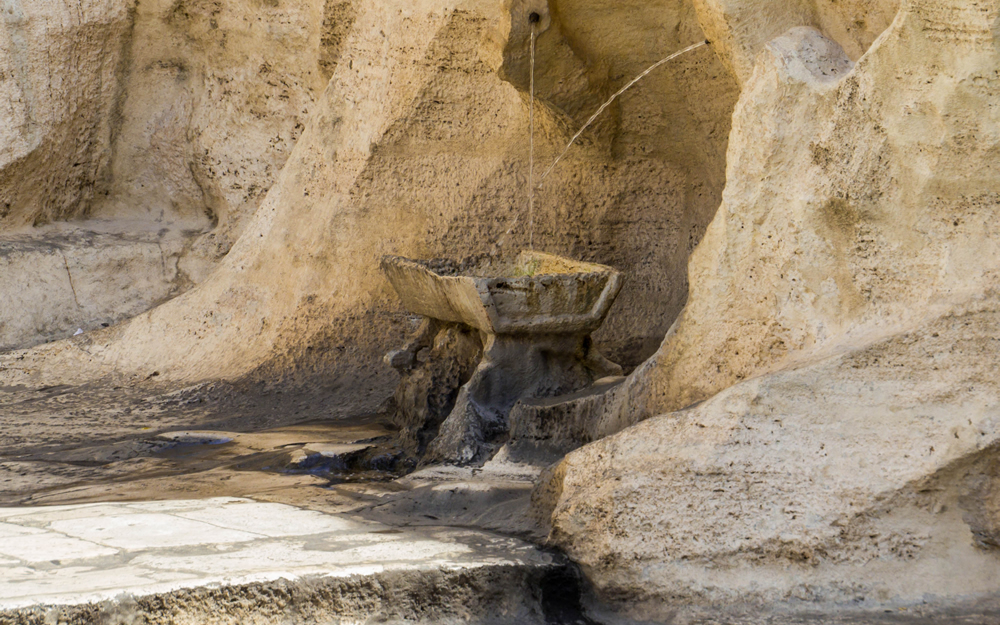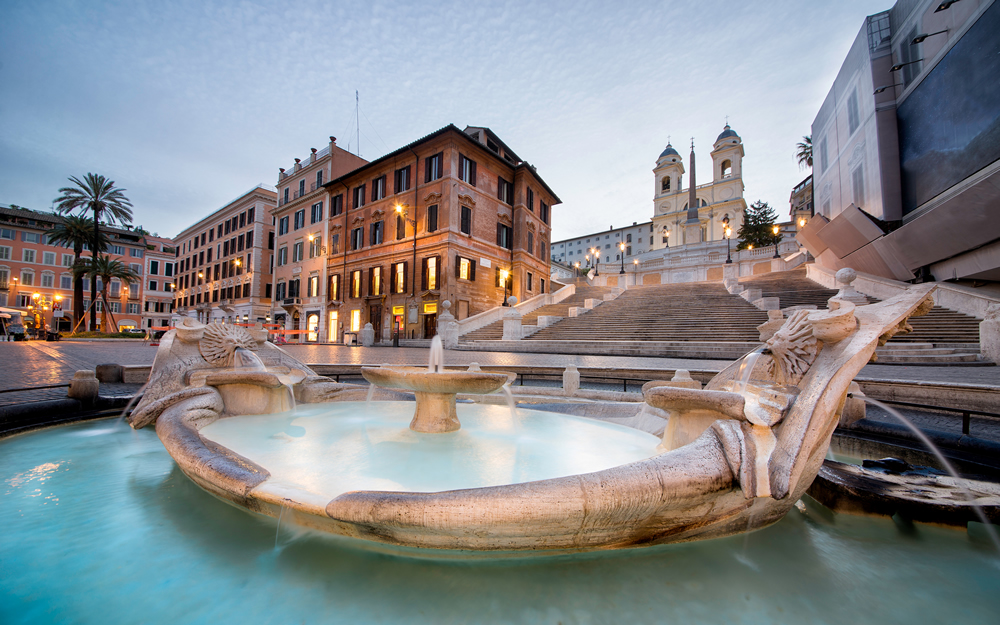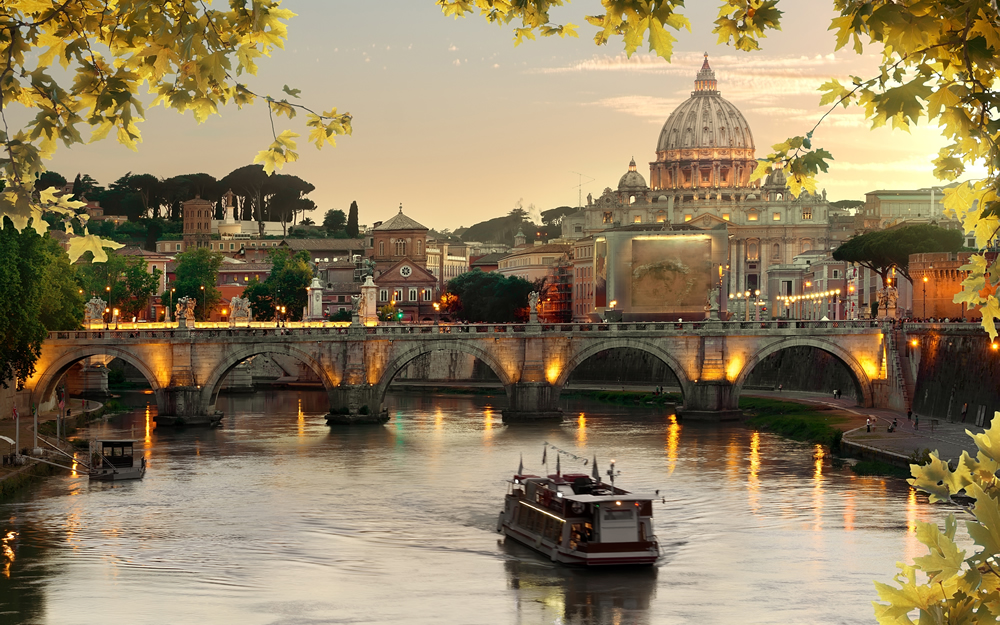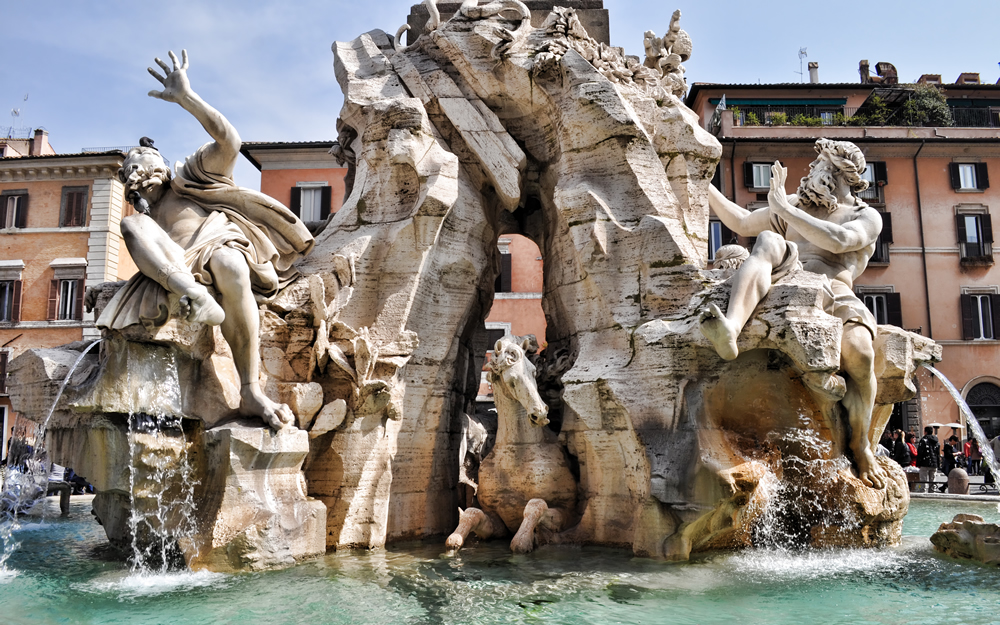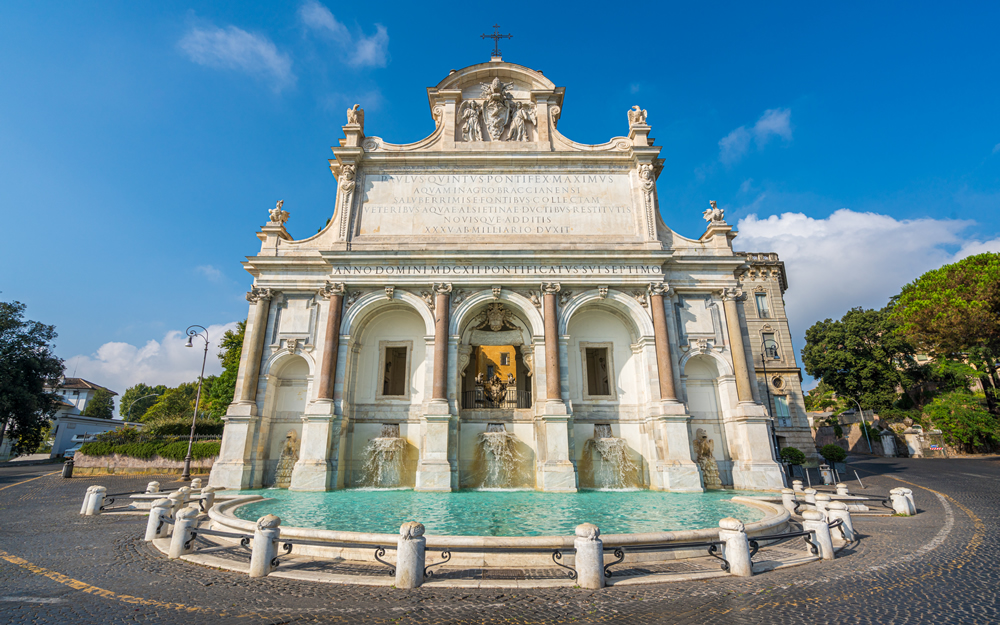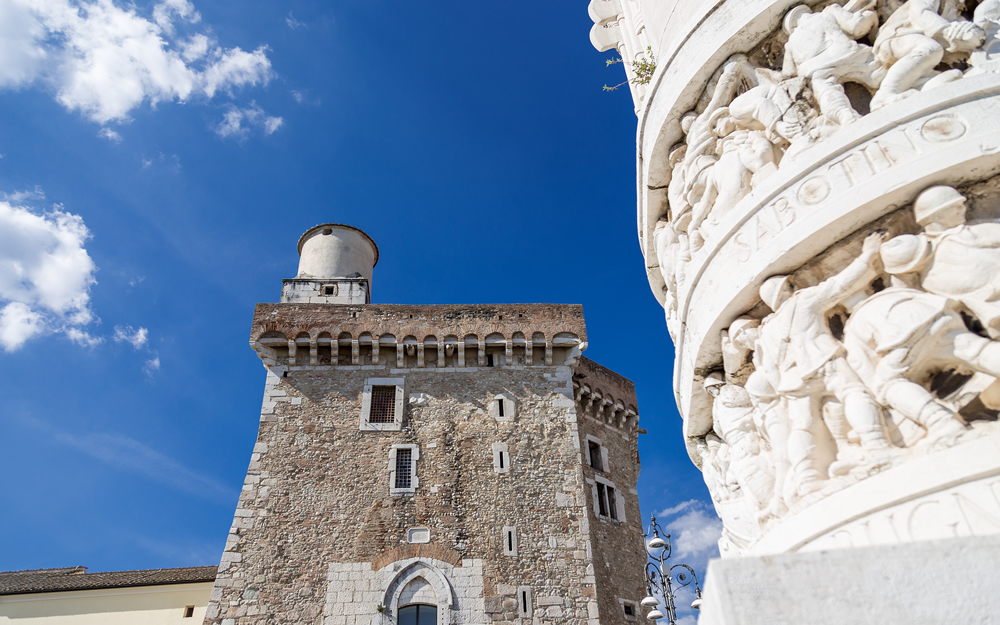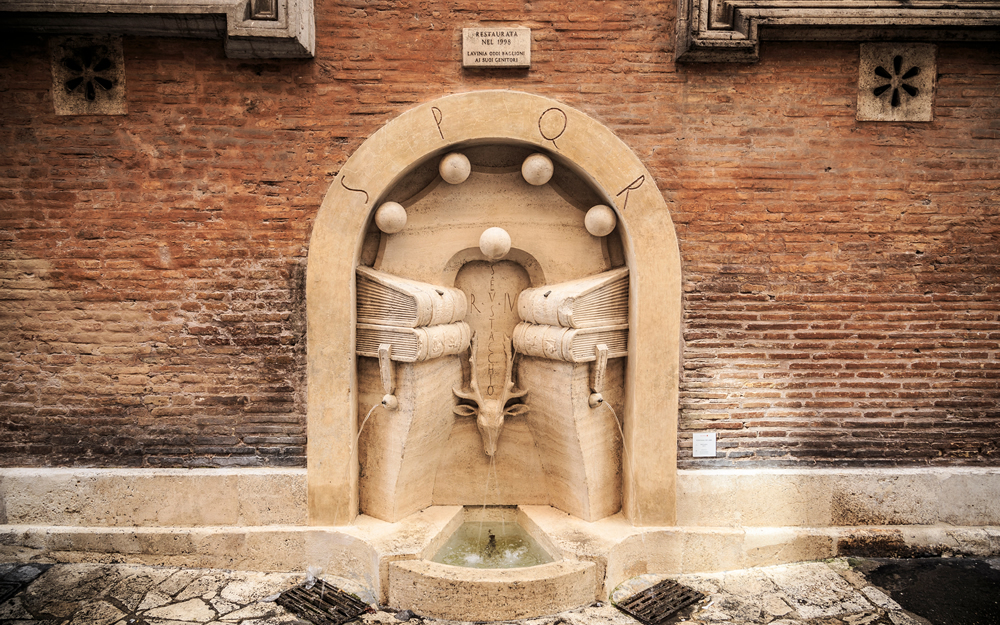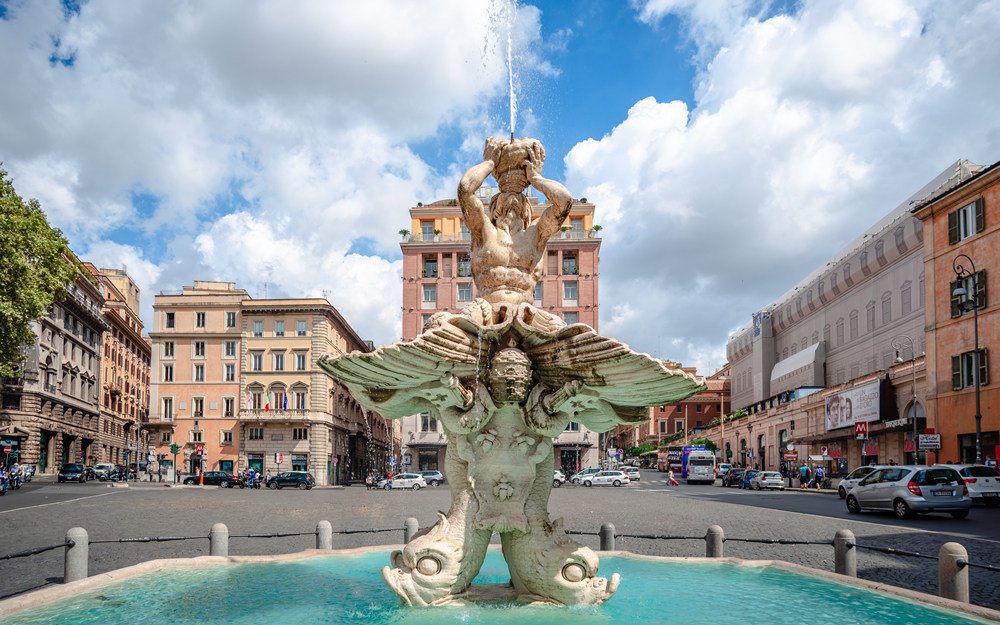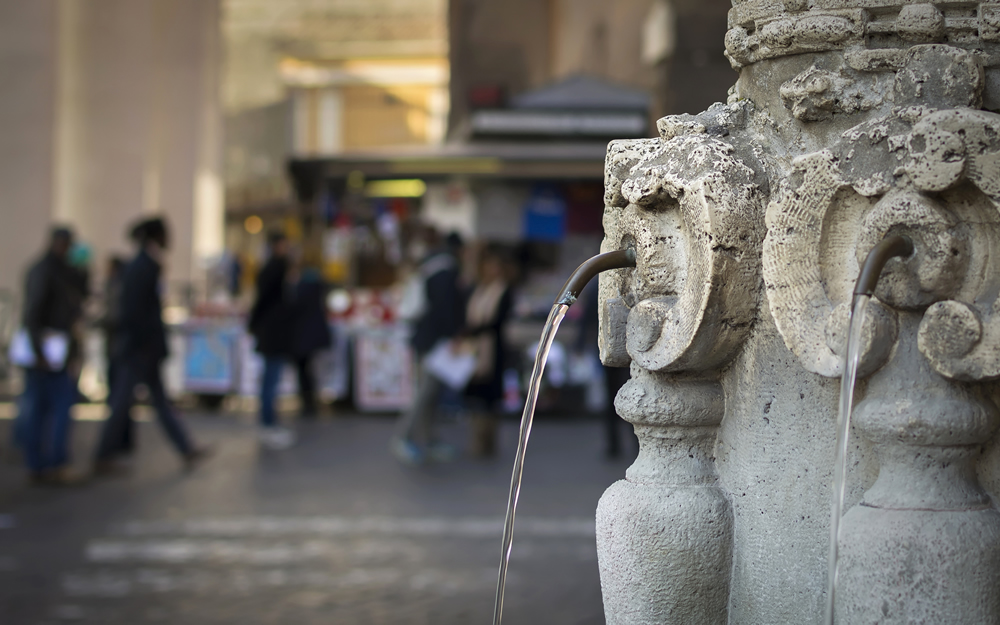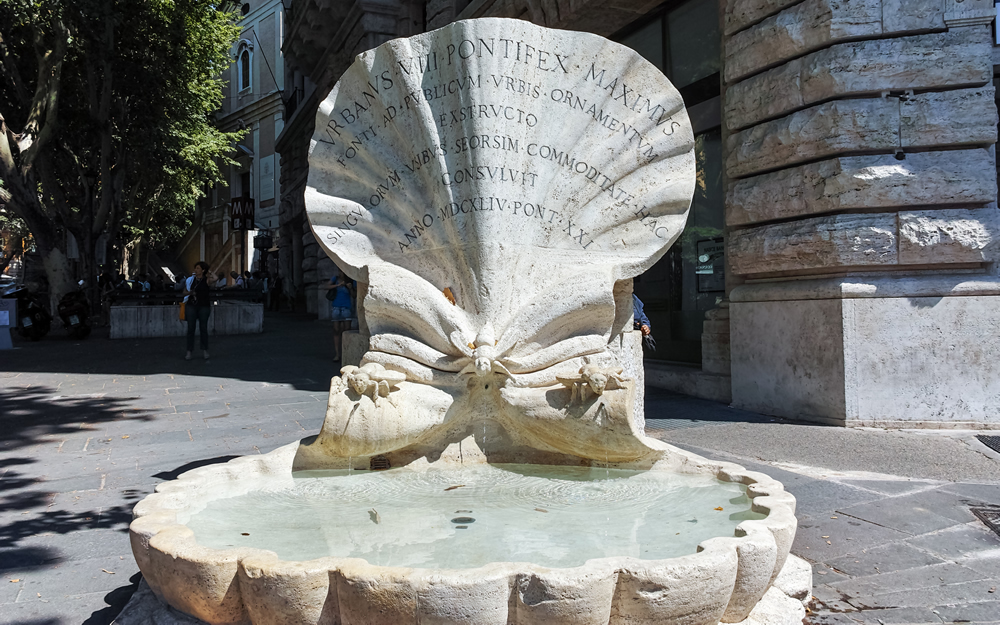- Home /
- Voice from the city /
- The Tiber Island: history and fun facts of the island of Rome
The Tiber Island: history and fun facts of the island of Rome
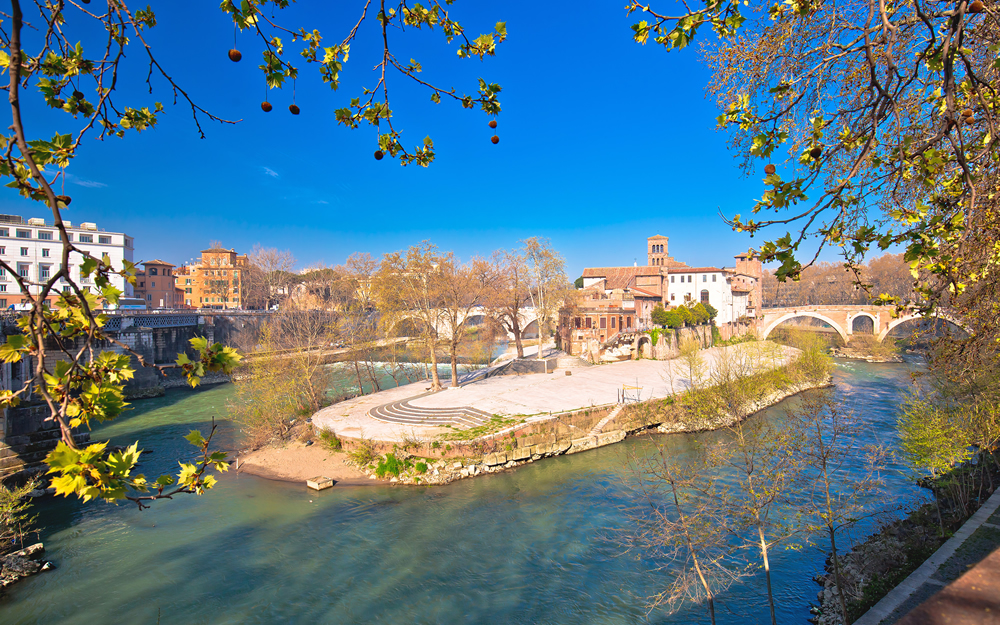
Located in the middle of the Tiber River, Rome's Tiber island is the smallest inhabited island in the world. Despite its small size - measuring just 300m long and 90m wide – the island has had a history almost as long as the capital city itself, signs of which are still visible today. But why is the Tiber Island such a special place? And is there anything interesting to see on Tiber Island? There are many Roman legends and fun facts about this islet in the middle of the river. Let's discover 10 of them!
1. The Legend on the Birth of the Tiber Island
Legend has it that the origins of the Tiber Island date back to the sixth century BC, when the seventh king of Rome, Tarquinius the Superb, was expelled from the city. To celebrate the end of tyranny, the Romans seized the fallen king's grain reserves and threw them into the Tiber. Over time, this mass of sheaves accumulated mud and other debris, becoming an island.
2. The god of medicine chose the island as his "residence”
It seems that the island's link with medicine and healing date back to 293 BC, when a terrible epidemic struck the city. To eradicate this scourge, the Oracles advised that a ship be sent to Epidaurus, site of the most important temple to Aesculapius, to retrieve a statue of the deity and bring it back to Rome. Upon arrival at Epidaurus, the Roman delegates encountered a huge snake - symbolising Aesculapius - which boarded their ship. They thus decided to take it back to Rome. As they sailed up the Tiber, the divine serpent slithered off the ship and settled on the Tiber Island, resulting in the construction of a temple for him. The epidemic disappeared from the city soon after.
3. Miraculous healings and freedom from slavery
The Tiber Island held a special significance for all of Rome's sick and ailing, who hoped to be miraculously healed by the god Aesculapius. Roman nobles even began to abandon their sick slaves on the island, so as not to have to pay for their food or medical treatment. To put an end to this custom, Emperor Claudius ruled that any slave who was healed on the island would automatically earn their freedom.
4. Where does the Fatebenefratelli Hospital get its name from?
The Tiber Island's hospital gets its name from the Christian congregation that ran it, following its foundation in the sixteenth century. Members of the order were known as the "Fatebenefratelli" (the do-good brotherhood) that takes its name after what its founder, a Portuguese Friar, used to tell passers-byes, inviting them to do charity work for the sick: “Fate bene, fratelli!” (Do good, brothers!).
5. The history of one of its bridges is very… bloody
The Tiber Island is connected to the city by two bridges: the Ponte Cestio on one side and the Ponte Fabricio also known as the 'Bridge of the Four Heads', which connects the island directly to the Jewish Ghetto. Some think its peculiar nickname recalls the sculptures of Janus Fourfold that adorn it, but the Romans know a much bloodier story. In fact, legend has it that, in the sixteenth century, the restoration of the bridge was entrusted to four Roman architects who were all excellent at their profession, but very poorly versed in the art of collaboration. Upon learning of a violent quarrel between the four, Pope Sixtus V ordered to cut off their heads and display them on that very same bridge.
6. The "infamous column” was located on the Tiber Island
The centre of the island used to house a column known as the "Infamous Column": each year, the list of outlaws who were banned from attending Easter Mass would be hung on it, thus publicly declaring them unbelievers. The column was used until as late as 1870, until a wagon violently crashed into it (accidentally or on purpose?), resulting in its destruction.
7. You can still see evidence of the 1937 flood
Since it is located in the middle of the river, the Tiber Island has always been vulnerable to torrential rains and subsequent flooding. Under the colonnade of the cathedral of St. Bartholomew's you will find a plaque indicating the level reached by the waters of the Tiber in the flood of 1937.
8. The Tiber Island is a sacred and miraculous place
The Tiber Island is also known as the “sacred island”, as it was of great importance in both pagan cults and the Christian religion: previously it was home to the Temple of Aesculapius and today the Cathedral is home to the remains of St. Bartholomew. But that is not all: on the island you can also see the extraordinary "miracle ball”, a heavy cannonball fired by French troops in 1849. The ball destroyed the wall of the crowded church before coming to a stop at the altar of one of the chapels without claiming a single victim. A real miracle!
9. It housed the workshop of a “dentist” monk
In 1868, a monk called Giovanni Battista Orsenigo established a dental office on the Tiber Island. Fra' Orsenigo was famous for his ability to extract teeth without the use of forceps. Indeed, his patients included Giosuè Carducci, the Queen Mother Margherita of Savoy, Garibaldi's firstborn son and many others. Years later, the teeth that Fra' Orsenigo had extracted over the course of his lengthy career in dentistry were discovered. They filled three cases, and amounted to more than two million!
10. It is home to a cinema much loved by locals
Every year, when the days get longer and the weather gets warmer, the island turns into a real cinema beneath the stars: more than three months of events, from June to September, fill the Roman Summer with culture and entertainment. The historic Isola del Cinema on the Tiber Island is now in its 28th edition, and is confirmed as one of the most popular events for citizens and tourists alike.
11. A miniature village, inside the city!
Did you know that you can also have lunch on Tiber Island? As if it were a real village in miniature, the island is the ideal place for those who wish to experience a few moments of peace and quiet, far from the hustle and bustle of the city: a location to rival the most beautiful villages in Lazio! Within its 300 metres, the Tiber Island hosts restaurants, taverns, bars and typical Roman taverns: a truly suggestive experience for a trip outside the box, but inside the city!
12. How to reach the Tiber Island?
The Tiber Island is the perfect place to spend a Sunday morning surrounded by the magnificence of the river Tiber, or to take a stroll during a hot summer afternoon. You can easily reach this charming little oasis in the Tiber if you travel by public transport: from Termini station, just take line B towards Laurentina and get off at Circo Massimo; from there you will have to walk about 15 minutes to the Fabricio bridge.
You can also take the H bus from Termini station to Foro Olitorio, you will reach the Tiber Island in five minutes. If you are in Trastevere, the Tiber Island is just a stone's throw away: walk along the Lungotevere southwards, cross Ponte Garibaldi and cross Ponte Cestio, you will be right on the Island!
But don't stop here!
Don't miss out on the many legends and fun facts about the river Tiber. Or, if you’d like to discover the city of Rome, grab a pair of comfortable shoes and start following the wonderful hydrocinematographic walking tours featured on Acea Waidy Wow!



